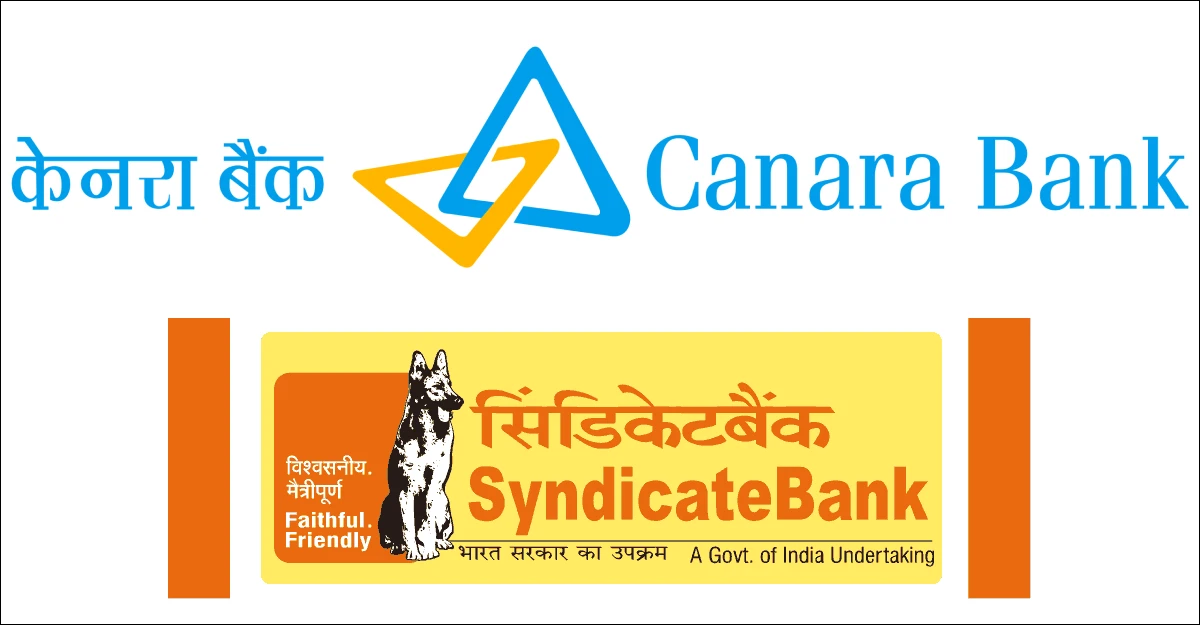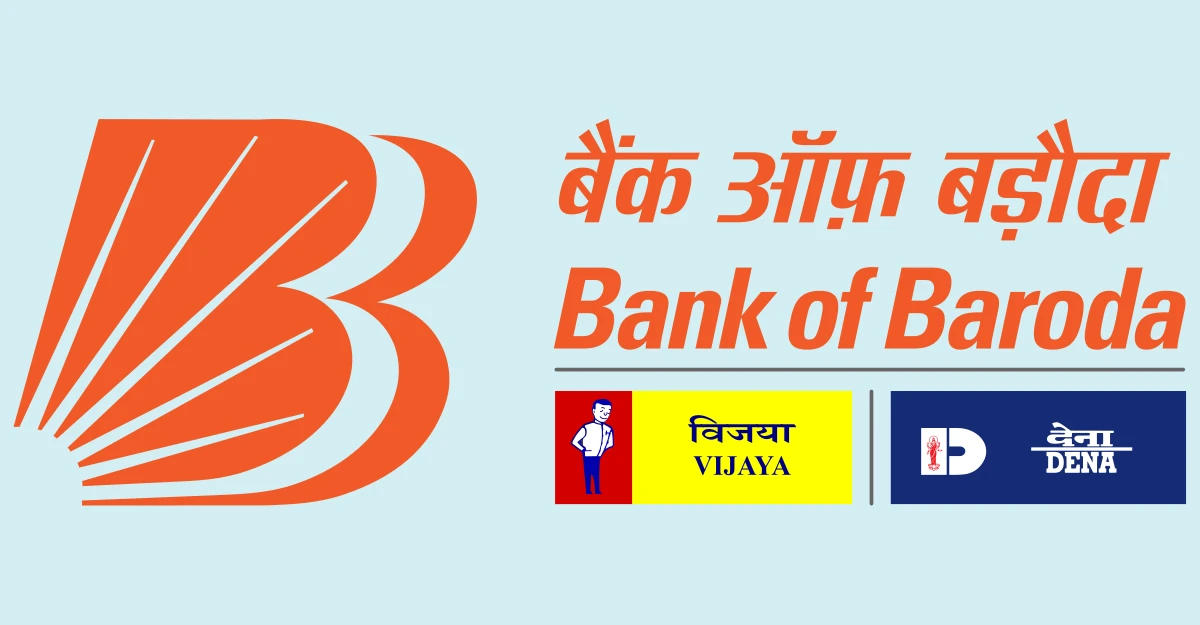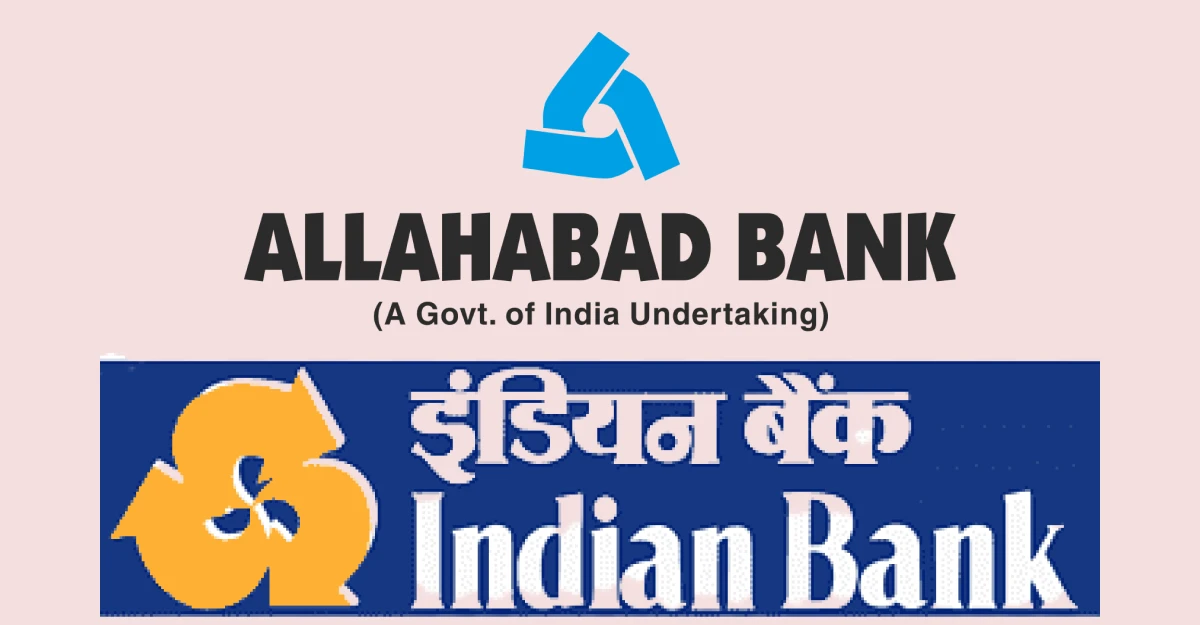A bank merger is when two banks in India decide to join hands and become one. It’s like two families merging to create a bigger, stronger household. The recent back-to-back mergers of numerous Indian banks have created a buzz in the country.
Reason?
Because the joining of forces has significant importance as it brings together the best of both banks.

Their expertise, technology, and resources result in a more robust and efficient banking entity. Customers benefit from a wider range of services, improved access to branches and ATMs, and enhanced financial products. It’s like getting the best of both worlds, making banking smoother and more powerful for everyone involved!
Which banks merged together? Which was the most powerful merger? You may wonder. In this write-up, we will shed light on the list of the biggest bank merger list in India-2023.
Stay tuned!
Bank Merger List- 2023
Let’s have a brief look at the bank merger list of India.
| Anchor Bank | Merger Banks | Combined Market Capital (Overall Business Worth) |
| Punjab National Bank | Punjab National Bank + Oriental Bank of Commerce + United Bank of India | Rs.17.95 lac Crore |
| Canara Bank | Canara Bank + Syndicate Bank | Rs.15.20 lac Crore |
| Bank of Baroda | Bank of Baroda + Dena Bank + Vijaya Bank | Rs. 14.82 lac Crore |
| Union Bank of India | Union Bank of India + Corporation Bank + Andhra Bank | Rs.14.59 lac Crore |
| Indian Bank | Indian Bank + Allahabad Bank | Rs.8.08 lac Crore |
| State Bank of India (SBI) | State Bank of India and its Subsidiaries (Bikaner, Jaipur, Mysore, Patiala, Bharatiya Mahila Bank, Travancore, Hyderabad) | Rs.5.50 lac Crore |
Let’s dive into the details of the biggest bank merger list in India.
1. Punjab National Bank + Oriental Bank of Commerce + United Bank of India
It tops the bank merger list in India. This merger came into effect on 1st April 2020. The merger was part of the Indian government’s plan to consolidate public sector banks to create stronger and more efficient financial institutions.
After the amalgamation, the new entity became the second-largest public sector bank in India. How? In terms of the branch network and combined market capital.
- Total number of branch outlets: 11,437
- Combined market capital: Rs.17.95 lac Crore
The merged bank retained the name “Punjab National Bank” and operated under PNB’s brand.
The key objectives of this merger were-
- Creating a larger and stronger bank in terms of assets and customer base
- Rationalizing resources, streamlining operations, and reducing costs.
- Improving the overall efficiency and productivity
- Enhancing the lending capacity

As per their vision, a larger bank could support more significant loans and credit facilities, contributing to economic growth and development. The merger was a significant step in the Indian banking sector and was expected to have long-term impacts on the country’s economy.
2. Canara Bank + Syndicate Bank
This merged entity became the fourth largest public sector bank in India. Syndicate Bank was amalgamated into Canara Bank, with Canara Bank being the anchor bank. After the merger, the combined entity retained the name “Canara Bank,” and it became the fourth-largest public sector bank in India in terms of total business and branch network.
Their prime objective was to create a larger and more competitive bank with an expanded customer base. The consolidation led to an increased branch network, which facilitated improved banking services and financial access for customers across various regions.

The branch strength of this merged entity is 10,342 and its overall worth is 15.20 crore.
How did it impact the customers?
For customers of Syndicate Bank, their accounts and services were transferred to Canara Bank. Thus, they could continue banking with the new entity using their existing account details.
3. Bank of Baroda + Dena Bank + Vijaya Bank

The merger of Bank of Baroda, Dena Bank, and Vijaya Bank came into effect on April 1, 2019. By combining these three banks, the government aimed to improve their financial performance and competitiveness on a global scale.
The merged entity became the second-largest public sector bank in India after the State Bank of India (SBI). The amalgamation resulted in increased business volume, greater market presence, and an extended network of branches and ATMs.

The officials have revealed the following data-
- Combined Market Capital: Rs.14,82 lac Crore
- Domestic branches of the entity: 8.248
- ATMs across India: 10,318
Following the merger, the three banks’ separate identities ceased to exist, and they all started operating under the brand name “Bank of Baroda.”
For customers of Dena Bank and Vijaya Bank, there were changes in account numbers and banking processes. Reason? Because they were integrated into the Bank of Baroda’s systems. However, customers were provided with sufficient information and assistance during the transition period to minimize disruptions.
4. Union Bank of India + Andhra Bank + Corporation Bank
This merger officially came into effect on April 1, 2020. The amalgamated entity retained the name “Union Bank of India.” It became the fifth-largest public sector bank in India in terms of total business and branch network.
The tripartite amalgamation was a significant development in the Indian banking sector. It was a part of the government’s efforts to consolidate public sector banks to create stronger and more efficient institutions.
The amalgamation was carried out under the Banking Companies (Amendment) Act, of 2020. It empowered the central government to merge public sector banks to improve their financial health and operational efficiency.

The merger led to the consolidation of the branch networks of the three banks. This allowed the newly formed bank to expand its reach and offer a wider range of banking services to customers across various regions of India.
The entity has 9,609 branches in total and the combined market capital is Rs.14.59 lac crore.
5. Indian Bank + Allahabad Bank
The merger between Indian Bank and Allahabad Bank was officially effective on April 1, 2020. After the merger, Indian Bank became the anchor bank, and Allahabad Bank was amalgamated into it. As a result, all the assets and liabilities of Allahabad Bank became a part of the Indian Bank.
The merged entity became one of the largest public sector banks in India in terms of business and branches. It expanded the reach and customer base of Indian Bank. The entity has 6.104 branches.
Also, the overall worth of the merger is Rs.8.08 lac Crore.

The merger allowed both banks to leverage technology and streamline operations. Thus, it led to increased efficiency and better customer service.
6. State Bank of India and its subsidiaries
With this amalgamation, SBI became the largest PSU in India. It merged with the state banks of the following regions-
- Bikaner
- Jaipur
- Mysore
- Patiala
- Travancore
- Hyderabad
- Bharatiya Mahila Bank
The combined domestic branches reached a total of 24,000 (approx). With this amalgamation, the market capitalization of SBI skyrocketed to Rs.5.50 lac Crore.

The merger process was initiated by the Government of India to consolidate the operations of these subsidiary banks with SBI to create a stronger and more efficient banking entity.
The merger would help SBI increase its market presence and competitiveness in the Indian banking sector. As of now, the State Bank of India has 28,833 branches and over 59,000 ATMs.
It serves over 42 crore customers and has an overseas presence too over 195 foreign offices in 36 countries.
7. Fincare Small Finance Bank + AU Small Finance Bank
Did you know that the Reserve Bank of India (RBI) just approved Fincare Small Finance Bank to merge with AU Small Finance Bank? It’s happening on April 1, 2024. That’s right around the corner! And get this, all those Fincare branches you know, will soon become AU Small Finance Bank branches starting from that very same day.
Here is a brief background story- RBI gave the green light after the Competition Commission of India (CCI) said yes to the merger. The plan is for AU to be the main player after the merger, with Fincare shareholders getting shares in the new and improved AU Small Finance Bank. It’s like a win-win for everyone involved!
We have already explained the “Top 10 Small Finance Banks in India.” You can go through the article for a detailed breakdown of the same.
Conclusion
Bank mergers in India are meant to consolidate the banking sector, enhance operational efficiency, and create stronger institutions. As you have read the bank merger list above, the merged entities proved to be superior as compared to the individual predecessors. However, they’re not targeting small finance banks.
Who is responsible for bank mergers? You may wonder. Our government! Yes, the Indian government aims to streamline operations, reduce costs, and improve asset quality to tackle non-performing assets effectively. By merging smaller banks with larger ones, the merged entities can provide better customer services, increased digital offerings, and broader access to credit facilities.
Though these mergers may lead to short-term challenges and workforce adjustments. But the long-term benefits can strengthen India’s banking system, support economic growth, and foster financial stability in the country.

